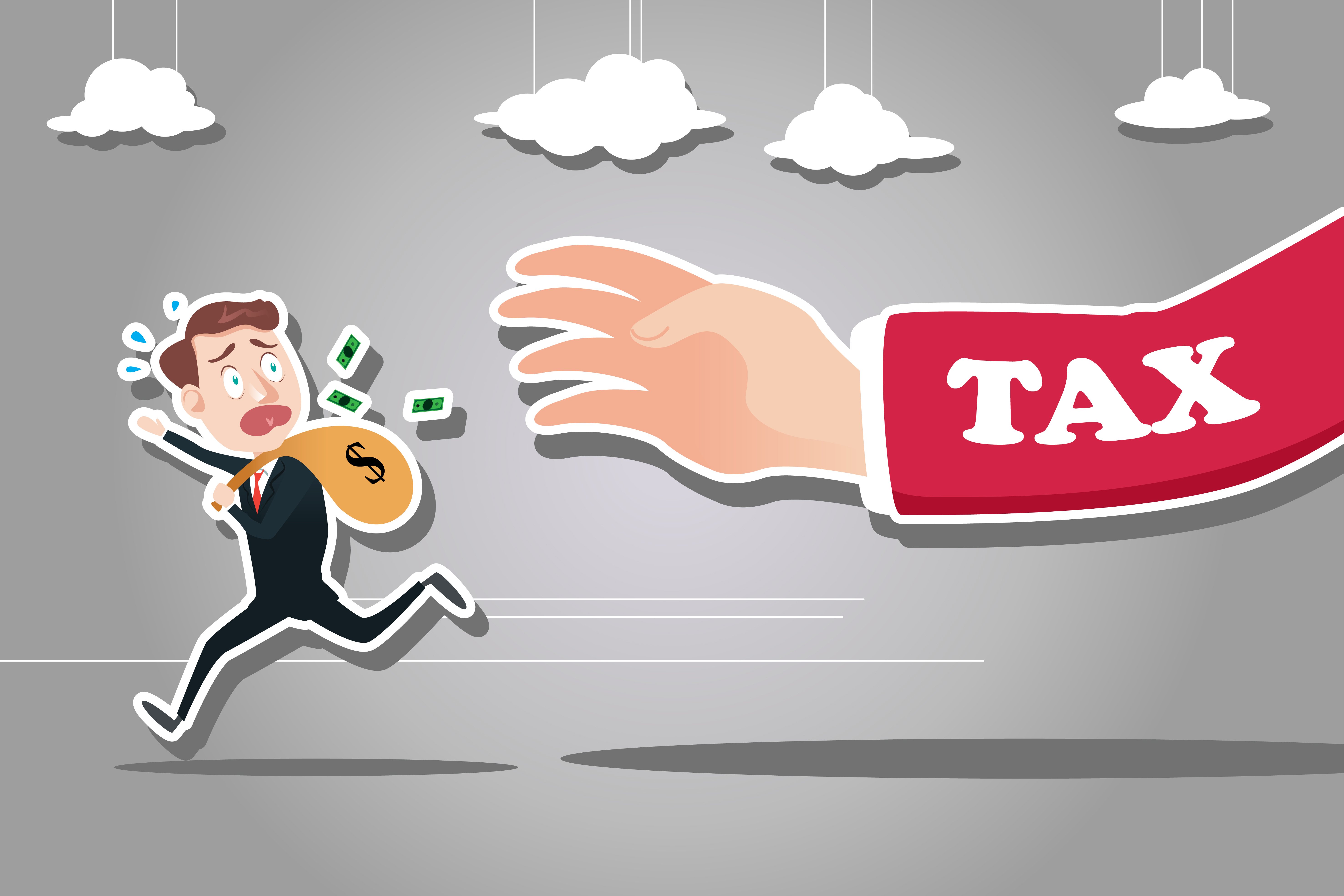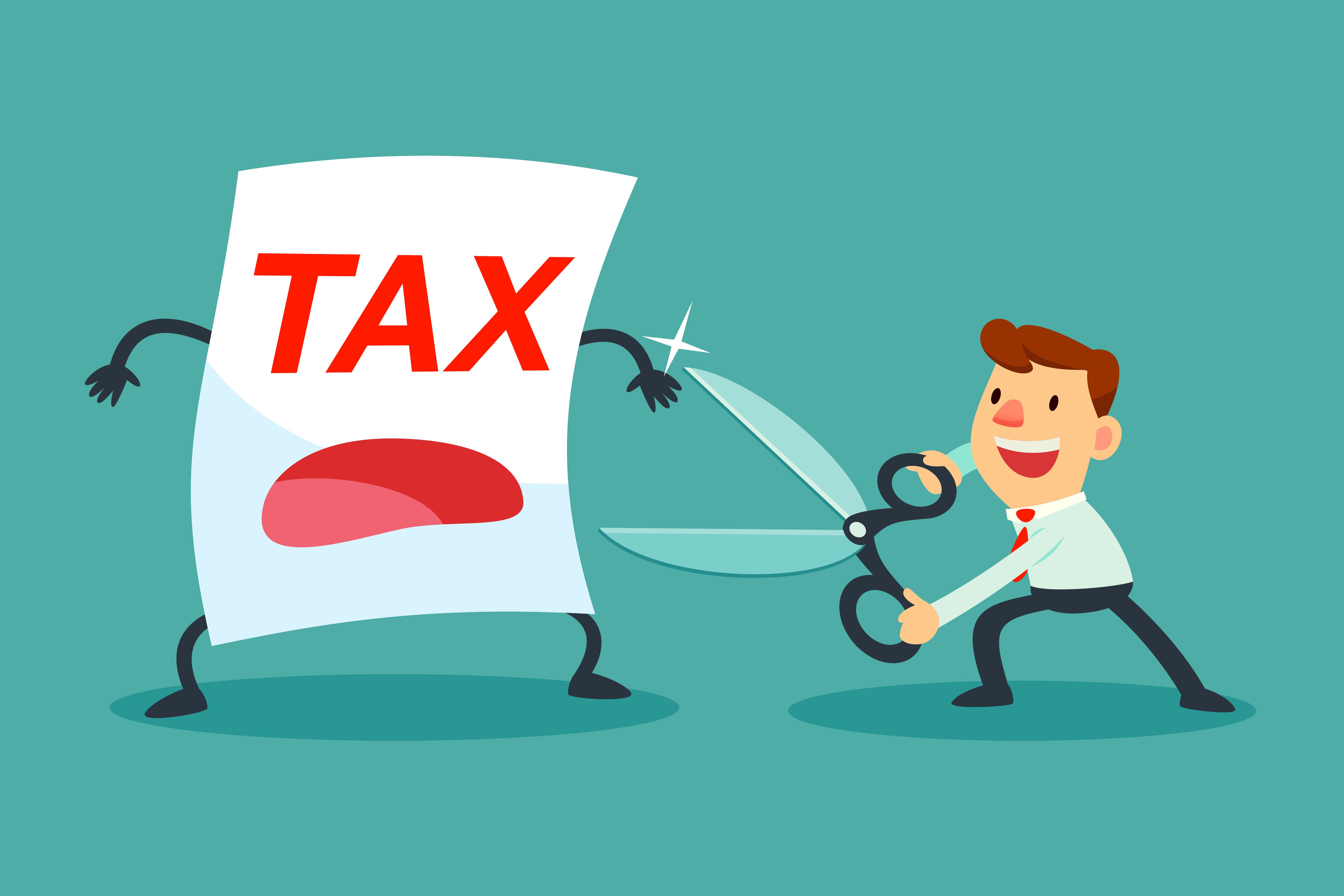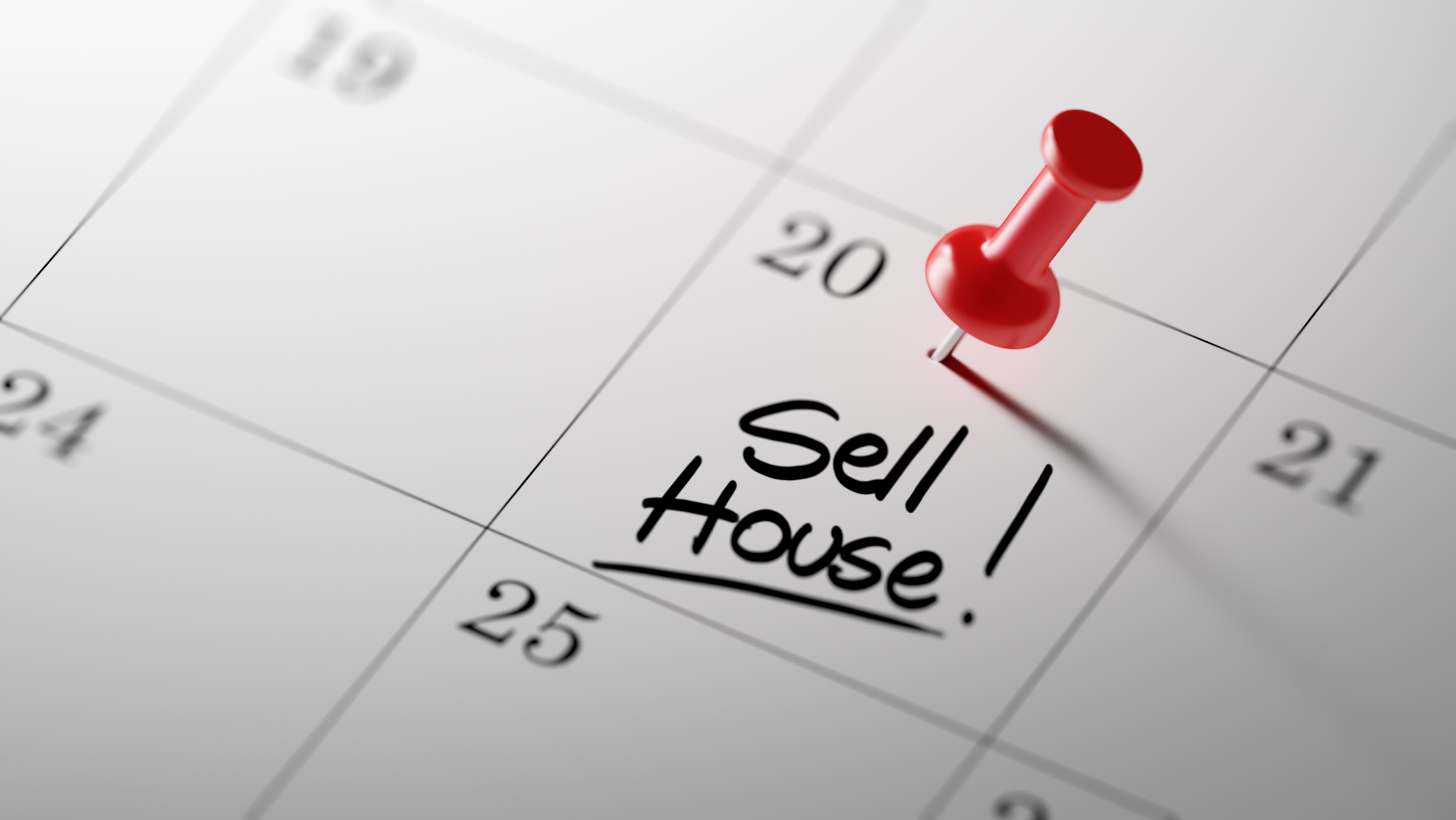Once in a while, 99.co picks a piece of property jargon to explain it. Today we look at the notorious ABSD, which is a stamp duty (tax) on your house.
Additional Buyer’s Stamp Duty (ABSD)

The most notorious of the cooling measures, the Additional Buyer’s Stamp Duty (ABSD) is a stamp duty paid on your property. The cost is a percentage of your property price or valuation, whichever is higher.
For example, say you’re buying a property valued at S$2 million. The seller’s price, however, is S$2.1 million. If this is your second property, as a Singaporean, you’re subjected to an ABSD rate of 17%. This means you would need to pay a stamp duty of 17% of S$2.1 million (that’s S$357,000).
The amount payable varies based on:
- Your citizenship or residency
- The number of properties you own
- Whether you’re an individual, an entity or developer
| Types of buyers | Rates on or after 16 December 2021 | |
| Singapore Citizens | First residential property | 0% |
| Second residential property | 17% | |
| Third and subsequent residential property | 25% | |
| Permanent Residents | First residential property | 5% |
| Second residential property | 25% | |
| Third and subsequent residential property | 30% | |
| Foreigners | Any residential property | 30% |
| Entities | Any residential property | 35% (Plus additional 5% for housing developers (non-remittable)) |
What if you’re purchasing the property with another person?
If you’re jointly buying the property with another person with a different profile (eg. different residency status and/or number of properties owned), you’ll be subjected to a higher ABSD rate.
Let’s say you’re buying a S$2 million condo with your partner, who is a PR. This is the first property for both of you as an unmarried couple. However, given your friend’s PR status, both of you will be subjected to a 5% ABSD rate. This means that the ABSD to be paid will be S$100,000.
Likewise, if both you and your partner are Singaporeans, and your SO has another property to their name, you’ll be subjected to the higher rate. In this case, both of you will be subjected to an ABSD rate of 17%. So the ABSD to be paid will be S$340,000.
But if you’re married already, you may be eligible for the ABSD remission.
What is ABSD remission, and how do you get it?
You can apply for ABSD remission if (1) you are a married couple in Singapore, and (2) at least one spouse is a Singapore Citizen.

If you purchase a second property, you’ll first have to pay the ABSD as usual (this is within 14 days of completing the sale). However, you can apply for a remission if you then sell your first home, within six months of buying the second one.
For example, say you just got married, and upgrading from your shoebox unit to a bigger condo unit. For convenience, you purchase the condo unit before you sell your shoebox apartment.
You would have to pay the ABSD within 14 weeks of signing the Sale of Purchase Agreement to buy the condo unit. You can then apply to get the money back if you sell your shoebox within six months of getting your condo.
Note that you must remain married at the time you apply for the remission, and you must not have bought more properties before applying.
Hold on, what if the second property is still being built?
If the second property is under development, you must sell your first house within six months of the second property getting its Temporary Occupation Permit (TOP) or Certificate of Statutory Completion (CSC), whichever is earlier.
Why do we have ABSD?
ABSD serves various purposes.
Firstly, it applies downward pressure on property prices. When the government feels that private property prices are getting out of hand, they increase the ABSD to slow the price increase. This prevents the formation of property price bubbles, which can wreak havoc on the local economy. Given the price increase in the last couple of years, the government raised the ABSD rate in its latest round of cooling measures in December 2021.
A second purpose is to create an ownership bias, ensuring most of Singapore belongs to, well, Singaporeans. That’s why the stamp duty is steeper for companies and most foreigners.
A third reason arose during the en-bloc fever of 2017. At the time, foreign developers caused a huge surge in en bloc sales. This artificially injected huge amounts of cash into the property market, and could later have translated to excessive supply and inflated home prices (the more developers pay for land, the more their properties cost).
In response, the ABSD has become especially high on property developers, to put the brakes on land purchases and en bloc sales. For instance, developers are now subjected to an ABSD rate of 40%. While the 5% is non-remittable, the 35% is remittable if they can finish construction within five years.
Does ABSD matter to the average Singaporean, who doesn’t own more than one house?

ABSD is indirectly keeping your home affordable. It’s less great in that if you’re moving to a new house, it can cause cash flow issues.
(This isn’t an issue if you’re moving from an HDB flat to another HDB flat, or a new EC, since you won’t have to pay the ABSD. )
For example, say you’ve lived in a shoebox unit all your life, but now you’ve gotten married. You need a bigger condo unit. Well, if you buy a condo unit before selling your old shoebox, you’ll have to pay the 17% ABSD within 14 days of making the purchase.
You can apply to get the money back, but this can only be done if you sell your old shoebox within six months of buying your new, bigger condo. Any disruption to the process — such as buyers pulling out at the last minute — can inadvertently cause you to forfeit the ABSD remission.
There’s also the annoying fact that you need sufficient cash to pay for the ABSD first when you’re already forking out huge sums for a new house (although ABSD can be paid through your CPF).
For these reasons, you may want to sell your old house before buying a new one, however inconvenient it may seem.
Can you avoid the ABSD?
Technically, no, you can’t. But there are a few ways to get around the ABSD legally. These include decoupling and buying a property in a trust. Nevertheless, there are a few pitfalls to these strategies.
For instance, with decoupling, you may end up paying more than the ABSD itself. This is because you have to incur legal fees for the decoupling itself. Your partner will also have to pay the BSD to buy your share. So be sure to do the math first before jumping into decoupling.
As for buying a property under a trust, this entails putting it under your child’s name (since your child doesn’t have a property to their name yet). One downside to this is that you’ll have to pay the property in cash. And when your child decides to buy a property on their own in future, they’ll have to pay the ABSD.
Alternatively, you won’t be subjected to the ABSD if you’re buying a new EC (since you have to dispose of the existing property) or a commercial property.
[Additional reporting by Virginia Tanggono]
Any thoughts on the ABSD? Let us know in the comments section below or on our Facebook post.
If you found this article helpful, 99.co recommends Buying properties in trust – What does it mean for property owners with children in light of the cooling measures? and You can ‘lose money’ when decoupling to buy a second property. Here’s why.
Looking for a property? Find the home of your dreams today on Singapore’s fastest-growing property portal 99.co! If you would like to estimate the potential value of your property, check out 99.co’s Property Value Tool for free. Also, don’t forget to join our Facebook community page or Telegram chat group! Meanwhile, if you have an interesting property-related story to share with us, drop us a message here — and we’ll review it and get back to you.
Frequently asked questions
What is ABSD?
Additional Buyer’s Stamp Duty (ABSD) is a stamp duty to be paid on top of the Buyer’s Stamp Duty (BSD). Whether or not you need to pay for it depends on factors such as your residency status and the number of properties you own.
What is the current ABSD rate?
As of 16 December 2021, the current ABSD rate for Singaporeans is 17% for the second property, and 25% for the third property onwards.
When do I have to pay ABSD?
You’ll have to pay the ABSD within 14 days after signing the Sale and Purchase Agreement for the property.
The post Additional Buyer’s Stamp Duty (ABSD) in Singapore, explained (2022) appeared first on 99.co.


